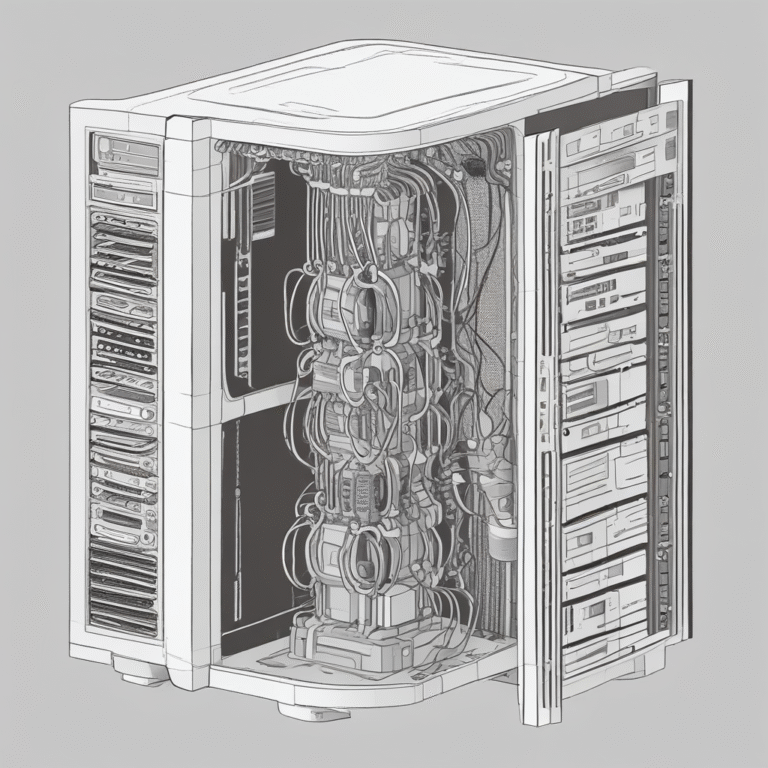Compiling the Future of U.S. Artificial Intelligence Regulation
The landscape of artificial intelligence (AI) regulation in the United States is rapidly evolving, with experts exploring both the benefits and pitfalls associated with this technological advancement. Recently, the U.S. House of Representatives passed H.R. 1, known as the “One Big Beautiful Bill Act,” which aims to pause any state or local regulations affecting AI models for a decade.
The Growing Acceptance of AI Tools
Over the past few years, AI tools have gained widespread consumer acceptance, with approximately 40 percent of Americans reportedly using AI technologies daily. These tools, ranging from chatbots like ChatGPT to sophisticated video-generating software such as Veo 3, have become increasingly usable and useful for both consumers and corporate users alike.
Optimistic projections suggest that the continued adoption of AI could lead to trillions of dollars in economic growth. However, unlocking these benefits requires significant social and economic adjustments to address new employment patterns and cybersecurity challenges. Experts estimate that widespread AI implementation could displace or transform 40 percent of existing jobs, raising concerns about exacerbating inequalities, particularly for low-income workers.
The Call for Regulatory Oversight
In light of the potential for dramatic economic displacement, there is a growing consensus among national and state governments, human rights organizations, and labor unions for greater regulatory oversight of the AI sector. The data center infrastructure that supports current AI tools consumes as much electricity as the eleventh-largest national market, raising sustainability concerns as the sector grows.
Critics warn that the environmental impact of AI development, including high electricity and water consumption, must be addressed. Industry insiders note that flawed training parameters can lead AI models to embed harmful stereotypes, prompting calls for strict regulation, especially in sensitive areas like policing and national security.
Public Sentiment and Legislative Challenges
Polling indicates that American voters increasingly support more regulation of AI companies, advocating for limits on training data and environmental-impact taxes. However, there remains a lack of consensus among academics, industry insiders, and legislators on how to effectively regulate the emerging AI landscape.
In discussions surrounding regulatory approaches, experts emphasize the need for flexibility. Some argue that federal regulation may undermine U.S. leadership in AI by imposing rigid rules before key technologies mature. Instead, a call for flexible regulatory models that draw on existing sectoral rules has emerged, focusing on voluntary governance to address specific risks.
International Perspectives and Comparisons
Comparative studies of AI regulations across countries reveal a complex landscape. For example, the EU’s comprehensive AI Act imposes different restrictions compared to the U.S. sector-specific approaches and China’s algorithm disclosure requirements. Some experts caution that strict regulations could widen global inequalities in AI development.
As AI continues to evolve, the balance between innovation and regulation remains a critical topic of discussion. Premature regulatory actions could stifle innovation and lead to long-term social costs that outweigh short-term benefits. The challenge lies in developing frameworks that support ethical safeguards while fostering a competitive market landscape.
The Need for Collaborative Engagement
Ultimately, the future of AI regulation will depend on collaborative efforts among experts, policymakers, and industry leaders. Engaging in meaningful dialogue will be essential for crafting regulations that not only protect citizens but also promote innovation and sustainable development in the rapidly changing world of artificial intelligence.










